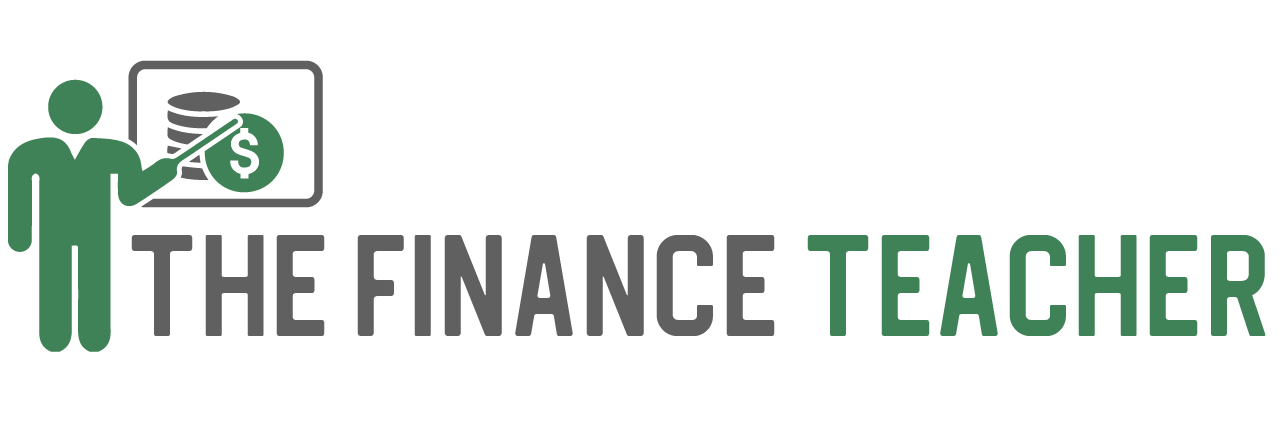Introduction
Debt can harm a persons chance of achieving financial independence. In a world where financial challenges often accompany the journey into adulthood, many young people find themselves grappling with the challenge of getting out of debt. Whether it’s student loans, credit card balances, or other financial obligations, the path to financial freedom may seem daunting.
Table of Contents
ToggleHowever, with a strategic approach and disciplined financial habits, emerging from the depths of financial difficulties is not only possible but achievable. This article will explore some practical steps to guide young people towards financial liberation. I’ve been there myself. I know that avoiding overspending when you are young and looking to enjoy your life can be tough. But staying clear of financial problems when you are young makes growing your wealth easier in the long run.
Ten Debt Reduction Strategies That Work
They may not be easy. But these strategies do work. It will take commitment, self-discipline and some sacrifice. But the light at the end of the tunnel does exist.
1. Create a Comprehensive Budget
One of the first steps to tackling debt is understanding your financial situation. Create a detailed budget that outlines your income, expenses, and obligations. Identify areas where you can cut back on non-essential spending and allocate more towards debt repayment.
It’s quite surprising how many people, particularly young people, don’t have a good picture of their expenses. Seeing exactly where money is going makes it easier to allocate some of that spending to paying off debt.
2. Prioritize High-Interest Debt (eg. credit cards)
Not all debts are created equal. Prioritize paying off high-interest loans, such as credit cards, as they can accumulate rapidly and hinder your financial progress. Allocate extra funds towards these debts while making minimum payments on others. This debt repayment calculator could be helpful.
There is a lot of debate as to which method works best for paying off credit card debt.
3. The Snowball Method
The snowball method is a popular debt repayment strategy that emphasizes the psychological boost of quick wins.
Here’s how it works:
- List Your Financial Commitments: Begin by listing all your credit card balances from the smallest to the largest balance.
- Minimum Payments: Continue making the minimum payments on all your cards.
- Extra Payments: Allocate any additional funds you can muster to the pay the smallest debt.
- Snowball Effect: As you pay off each small debt, the extra funds ‘snowball’ into the next, creating a positive momentum.
The snowball method may not be the most financially efficient in terms of interest saved, but the motivational aspect of clearing smaller debts quickly can provide a powerful psychological boost, keeping you motivated throughout the debt repayment journey.
4. The Avalanche Method
The avalanche method is an approach that prioritizes debts with the highest interest rates.
Here’s how it works::
- Identify Interest Rates: List all your credit card debts in order of their interest rates, from highest to lowest.
- Minimum Payments: Continue making the minimum payments on all cards.
- Extra Payments: Direct any additional funds towards the card with the highest interest rate.
- Avalanche Effect: As you pay off the high-interest debt, allocate the freed-up funds to the next highest interest rate, creating a cascading effect.
The avalanche method is financially efficient as it minimizes the overall interest paid, potentially allowing you to become debt-free more quickly. While it might not offer the same immediate gratification as the snowball method, it focuses on long-term savings and financial prudence.
5. Debt Consolidation
Consider consolidating multiple high-interest debts into a single, more manageable loan with a lower interest rate. This can simplify your repayment process and potentially reduce the overall interest paid.
6. Build an Emergency Fund
Financial setbacks can often lead to increased reliance on credit, perpetuating a cycle. Establishing an emergency fund once you have your finances under control can help you avoid being back in the same situation in the future. It provides a financial safety net, reducing the need to resort to credit during unexpected expenses.
7. Increase Income Streams
Explore opportunities to boost your income, whether through a side hustle, freelancing, or investing. Allocating additional funds towards loan repayment accelerates the journey to financial freedom. A little pain for a short period can help you really cut into your debt early and motivate you by seeing progress.
8. Negotiate with Creditors
Initiate conversations with creditors to negotiate more favourable terms, such as lower interest rates or extended repayment periods. Many creditors are willing to work with individuals facing financial challenges.
9. Educate Yourself on Personal Finance
Knowledge is a powerful tool in the quest for financial freedom. Take the time to educate yourself on personal finance, investment strategies, and money management. This understanding will empower you to make informed decisions and avoid future debt pitfalls.
When you understand that your focus should be on earning returns on investments, you should be even more incentivised to reduce debt. Debt takes away opportunities to grow your wealth. When you are planning on putting money into investments and hoping for annual returns of 8-10%, it makes no sense to continue to pay 18-20% per annum interest on your credit card debt.
Remove the debt first and let compounding work in the right way, not the opposite, which is what debt is doing.
10. Seek Professional Advice
Consulting with financial advisors or debt counsellors can provide valuable insights and tailored strategies for your specific situation. They can offer guidance on budgeting, debt repayment plans, and long-term financial planning.
Getting Out Of Debt Conclusion
Escaping the clutches of debt requires discipline, strategic planning, and a commitment to financial well-being. By implementing these practical steps and fostering a mindset of financial responsibility, young individuals can pave the way to a debt-free future. Remember, the journey may be challenging, but the rewards of financial freedom are well worth the effort.







Excellent insights! Your breakdown of the topic is clear and concise. For further exploration, I recommend visiting: READ MORE. Keen to hear everyone’s opinions!
This piece really captured my attention! The points made were compelling and well-articulated. I’d love to hear what others think about this topic. Click on my nickname for more interesting reads and discussions.